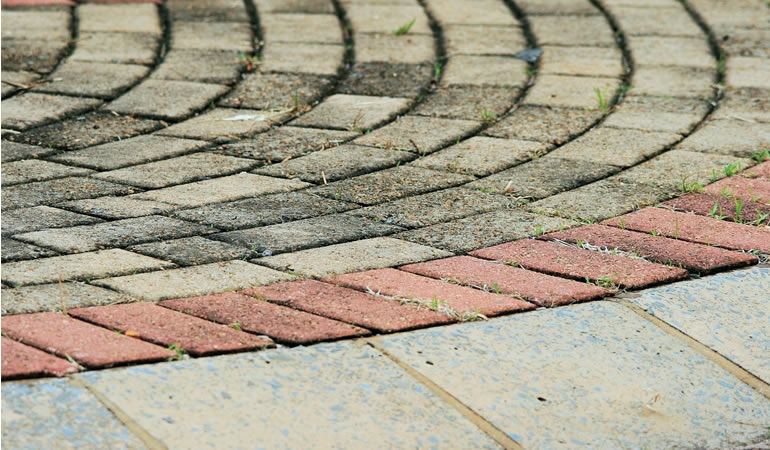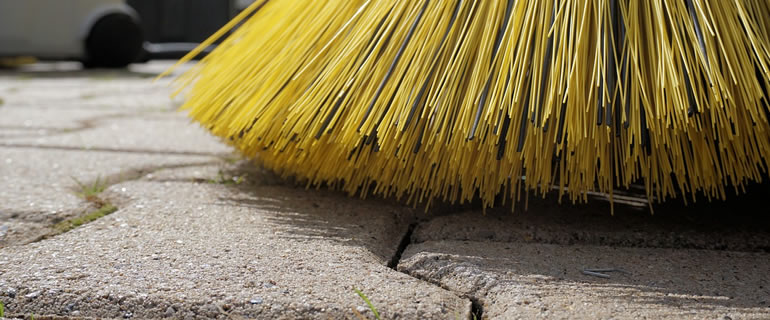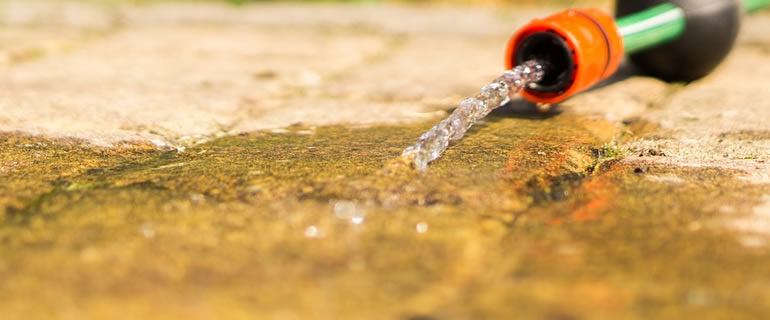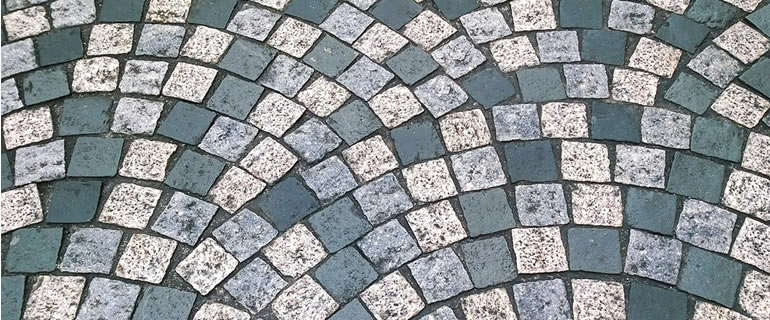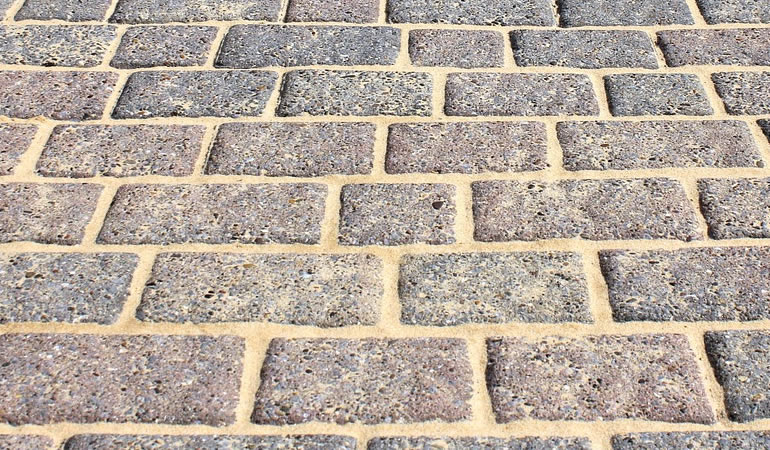Block paving is a modern and stylish solution for driveways and walkways. It makes an excellent landscaping material for domestic gardens and can be used to cover areas of many sizes. If you’ve chosen
block paving for your home, then you’ll want to know how to keep it looking clean and tidy. Thankfully, our cleaning tips will help you get your
block paving looking as fresh as the day it was laid.
Tools
To give your
block paving a thorough clean, you may want to invest in a few tools, including:
• Stiff bristled outdoor broom
• Block paving weed brush
• Patio cleaning solution OR soapy water
• Bucket
Step one: Dry Sweep
Before cleaning your patio with detergent, you’ll first want to remove any surface dirt and debris with a dry brush. Choose a dry day and start by moving vehicles from your driveway or any furniture from your patio. Start from the one corner of the patio and sweep outwards using a diagonal motion. This will help prevent you from brushing dirt into the joints of your patio or disturbing the jointing compound too much. Use a dustpan and brush to gather up the debris and throw it away. This will stop it from blowing onto your patio as you continue cleaning.
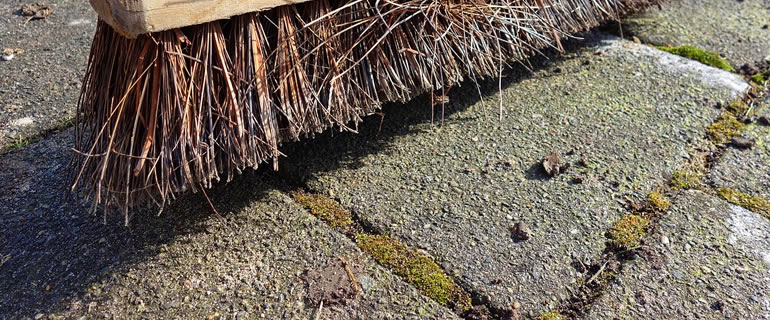
Step Two: Clean and brush
Whether you choose a purpose-made patio cleaning solution or a simple dish liquid and hot water solution is up to you. If you are dealing with very stubborn dirt or algae then you may want to opt for a more heavy duty cleaner. However, soap and elbow grease is usually enough to tackle standard grime build up.
If you are using patio cleaner, mix and apply according to the directions on the package.
If you are using soap and water, fill a 5 litre bucket with lukewarm water and a squirt of washing up liquid.
Pour a third of the mixed soap and water solution directly onto your patio and use your stiff bristled brush to disturb the dirt. As you did when sweeping, start at the corners and brush diagonally. You may need to use a back and forth motion as you come across stubborn patches of dirt.
Continue to pour and brush across the whole patio until most of the surface dirt has loosened. You may need to refill your bucket as you go depending on the size of the area you are cleaning.
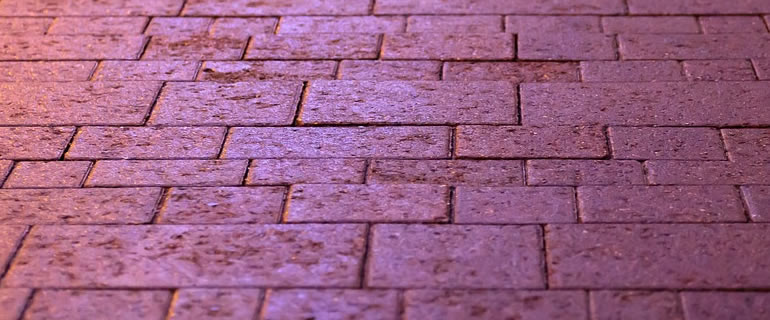
Step three: Rinse
Use buckets of clean water or a hose to rinse away the soap and loose dirt (you’ll want to direct the flow towards a drainage point).
Step Four: Spot Clean
Once you’ve rinsed away the dirt and soap, you may notice some spots need a more thorough clean. If necessary, repeat the brushing and rinsing process again on these areas.
Step Five: Clean joints & Kill Weeds
Often times, the joints of
block paving can become overgrown with moss and weeds. If moss is left to between paving stones it can cause them to move, thus affecting the evenness of your patio or driveway surface. To prevent warped paving, brush between the paving stones with a wire bristled
block paving brush. You don’t have to do this across the entire paved area, simply concentrate on areas inhabited with moss or weed growth. To kill any organic matter at the root and prevent re-growth, use a weed treatment between the joints.
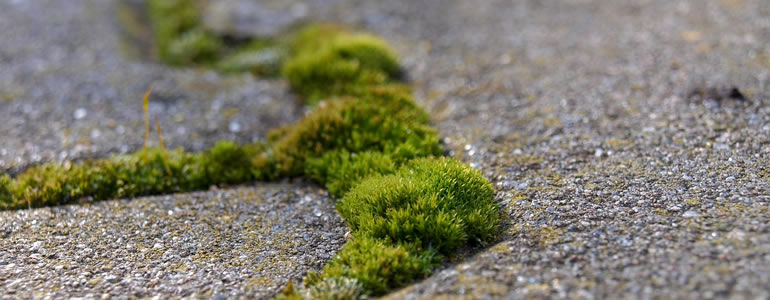
Step Six: Fill Joints
By cleaning the patio joints you are likely to disturb the original joint compound, especially if the moss or weeds were deep rooted. To keep your
block paving in good condition,
brush in a sand joint filler such as this
kiln dried paving sand.
You will need to wait until the paving is completely dry before brushing in the sand filler.
To use the brush in jointing sand, simply pour sand directly onto the paving and brush into the joints using a soft bristled brush and back and forth motion. Brush away excess sand from the surface of the paving.
Tip: Check the weather forecast for at least two consecutive days of dry weather after cleaning. You will need to leave time for the paving to dry fully after cleaning before brushing in jointing sand.



